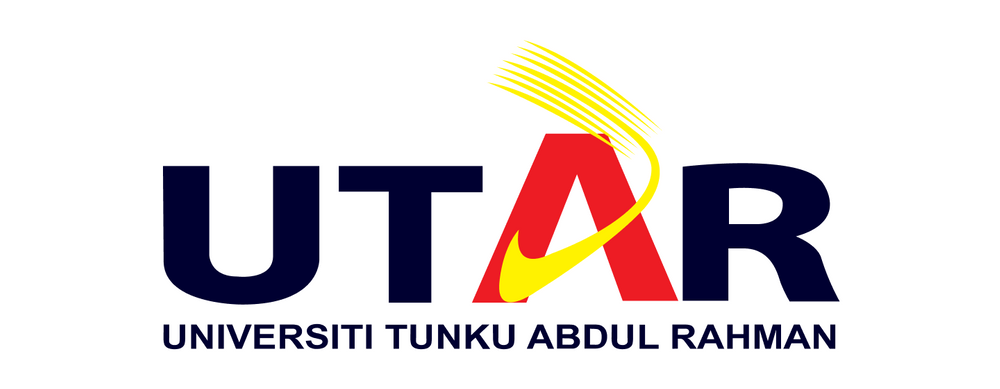Optimizing the Authenticity of Bali Aga Sidatapa Traditional House Architecture in Sustainable Tourism in Sidatapa Village
Abstract
The article aims to explain the authenticity of the architecture of the Balinese Aga Sidatapa traditional house, its optimization and the resulting impact of this optimization on the sustainability of tourism in Sidatapa Village. The civilization of the Balinese Aga community in Sidatapa Village is used to coexisting with mountainous nature (Aga land). Starting from meeting their food needs, their livelihoods, to providing building materials for their traditional houses, they depend on Aga's land. The Balinese Aga traditional house in Sidatapa Village has a unique form and spatial concept, different from the Balinese Dataran architecture in general. The architecture of Bali Dataran consists of several bale buildings and their appearance is enhanced with various decorations on each component of the building. While the architecture of the Balinese Aga traditional house in Sidatapa Village is in very simple condition, even the application of building materials takes from what is available on Aga land, such as bamboo, wood, and natural stone. So that when Sidatapa's cultural heritage is conserved, then indirectly Aga's land will also be preserved by the village community to fulfill their food and shelter needs, as well as to support their cultural activities. Thus, Sidatapa Village has considerable potential to become a sustainable tourism village. Optimization is done by making the architecture and settlements of Bali Aga Sidatapa an attraction for outsiders to come to the village. This proposal can be developed into a tourism program which in the future can help increase the income of Sidatapa Village. In this development, tourism is not the main goal, but rather emphasizes the development of authenticity as capital for better village development. The hope is that it can foster village independence and be able to share the right proportion of the tourism industry as part of the Sidatapa Village economy, as well as provide insight regarding the authenticity of the Balinese Aga Sidatapa traditional house architecture, both for the village community itself, academics, and the wider community.
References
Adnyana, I. M. (2019). Upaya Tak Henti-henti Memajukan Kawasan Bali Aga di Buleleng. Majalah Dimensi: Media Perencanaan Dan Pembangunan Kabupaten Buleleng, (10).
Agmasari, S. (2019). Pariwisata Berkelanjutan dan Mengapa Indonesia Butuh Ini. Retrieved from https://travel.kompas.com/read/2019/10/23/165507727/pariwisata-berkelanjutan-dan-mengapa-indonesia-butuh-ini?page=all
Antara, M., & Arida, S. (2015). Panduan pengelolaan desa wisata berbasis potensi lokal. Konsorium Riset Pariwisata Universitas Udayana. Retrieved from https://simdos.unud.ac.id/uploads/file_penelitian_1_dir/bb9746610f49ba39f27856edb95362f9.pdf
Gisolf, M. (2010). Authenticity and Tourist. Retrieved from http://www.tourismtheories.org/?p=719
Taylor, C. (1992). The ethics of authenticity. Harvard: Harvard University Press.
 Abstract viewed = 138 times
Abstract viewed = 138 times
 PDF downloaded = 145 times
PDF downloaded = 145 times








